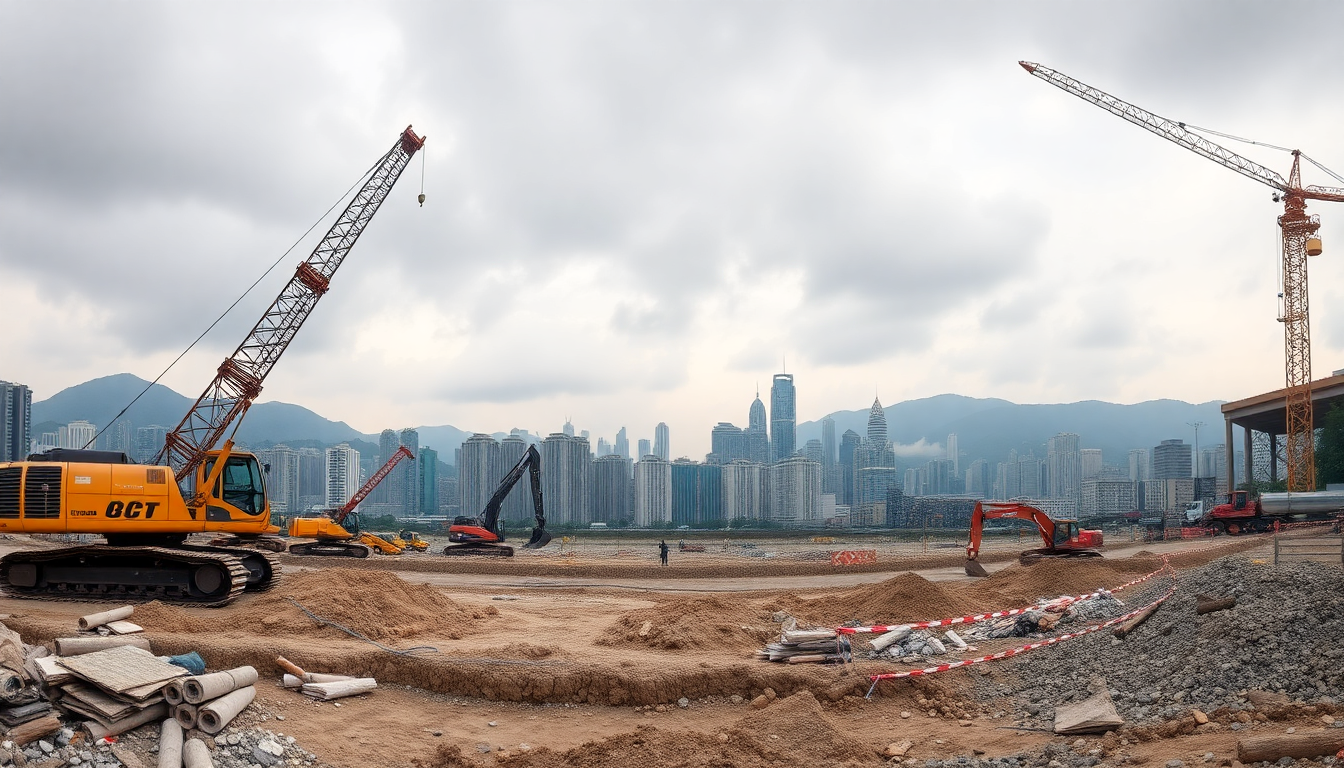Table of Contents
When you think about railways in Hong Kong, what comes to mind? Perhaps the breathtaking views from a train window or the bustling stations? But there’s a darker cloud hanging over this topic: the skyrocketing costs. Recent comments from lawmakers have laid bare a staggering fact: constructing railways here can hit around HK$1 billion per kilometer. Yes, you read that right—that’s nearly ten times what similar projects cost on the mainland! This glaring difference sparks some serious questions about the methods and standards used in Hong Kong’s infrastructure projects. Take, for example, the upcoming Northern Link spur line; it’s expected to finish sooner and at a fraction of the cost. How is that even possible?
Understanding the Cost Dynamics
Now, here’s where things get interesting. The Hong Kong government hasn’t fully revealed which standards from mainland China they plan to apply to the Northern Link project. Still, they’re optimistic—predicting that the completion could be sped up by two to four years, with costs potentially slashed by 20 to 30 percent. Imagine the impact this could have on Hong Kong, which has gained a reputation for having the highest construction costs in Asia. Could this new approach finally relieve some of that financial pressure?
Experts are weighing in, suggesting that embracing China’s rail standards could tap into the mainland’s vast experience in railway construction. Think about it: with better access to labor and materials, it might just be the key to breaking free from those notorious costs that have plagued Hong Kong’s construction sector.
The Strategic Importance of the Northern Link
The Northern Link project isn’t just another construction site; it’s a game changer. This cross-border railway aims to connect Hong Kong with the mainland, aligning perfectly with the Northern Metropolis development goals. What does this mean? Well, the plan is to convert a whopping 30,000 hectares (that’s about 74,132 acres) into a bustling hub for economic growth. With an anticipated population of 2.5 million and around 650,000 new jobs, the stakes couldn’t be higher!
Henry Cheung Nin-sang, the chairman of the Association of Hong Kong Railway Transport Professionals, points out that the national standards from the mainland aren’t that different from those in the U.S. and Europe—about 95 percent similar, in fact! This connection is largely due to China’s extensive export relationships with these regions. So, could adapting these standards mean maintaining quality while also cutting costs? It’s definitely worth considering.
Future Implications and Opportunities
As Hong Kong grapples with its construction costs, the shift towards mainland standards brings both challenges and exciting opportunities. For investors and stakeholders in the real estate scene, this transition could change the game. Lower construction costs might just make future projects more appealing for investment. Could we be on the brink of a new era in Hong Kong’s infrastructure?
The main goal is clear: enhance Hong Kong’s infrastructure while tackling the high costs that have long been an issue. If the Northern Link project achieves its ambitious objectives, it could set a new standard for future developments, showcasing how smart partnerships and innovative standards can lead to effective, efficient construction practices.
In a nutshell, while the costs of railway construction in Hong Kong pose a significant challenge, there’s real hope for improvement through the adoption of mainland standards. As we watch this situation unfold, it’s crucial for stakeholders to keep a close eye on developments. How will these changes not only influence the construction industry but also reshape Hong Kong’s broader real estate market? Only time will tell.


